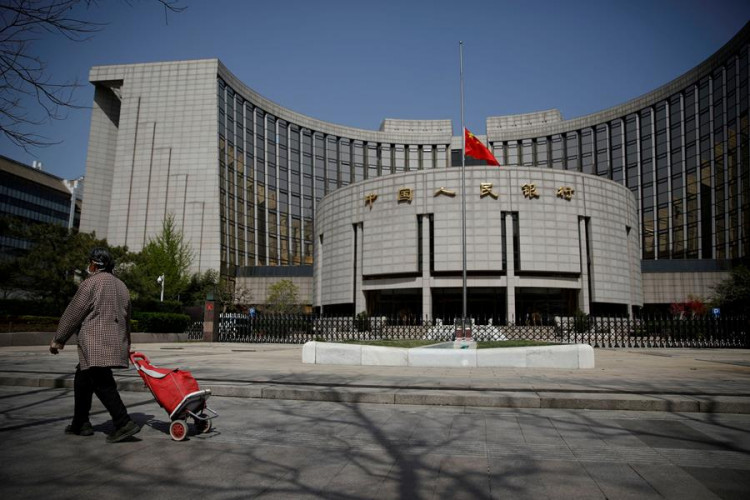In a move that underscores China's cautious approach to its monetary policy, the People's Bank of China (PBoC) has opted to keep its one-year medium-term lending facility (MLF) loans rate steady at 2.5%. This decision comes even as the central bank has ramped up liquidity support to the banking system.
The PBoC's choice to maintain the MLF rate aligns with market expectations. The MLF rate is a significant tool in the central bank's arsenal, influencing borrowing costs and guiding the broader economy. By keeping the rate unchanged, the PBoC signals its intention to maintain a stable monetary environment, even as it injects more funds into the banking system.
This liquidity boost is evident in the PBoC's recent move to roll over medium-term policy loans. Such measures are essential for ensuring that banks have adequate funds, which in turn supports lending activities and stimulates economic growth. The central bank's actions are particularly crucial given the current global economic landscape, marked by uncertainties and challenges.
The backdrop to these decisions is a complex one. China, like many other nations, is navigating the economic repercussions of the COVID-19 pandemic. While the country has made significant strides in its recovery, there are still areas of concern. The property market, for instance, has shown signs of strain, with some major players facing liquidity issues. In such a scenario, the PBoC's measures to bolster the banking system's liquidity are both timely and essential.
Furthermore, the global economic environment remains fraught with challenges. Supply chain disruptions, inflationary pressures, and geopolitical tensions are just some of the factors that policymakers need to contend with. In this context, the PBoC's steady approach to its MLF rate, combined with targeted liquidity injections, strikes a balance between supporting growth and ensuring stability.
It's worth noting that China's approach to monetary policy often has ripple effects across the global economy. As one of the world's largest economies, its policy decisions are closely watched by investors, policymakers, and analysts worldwide. The PBoC's latest moves will likely be interpreted as a sign of its commitment to ensuring economic stability, even as it provides the necessary support for growth.
The People's Bank of China's decision to maintain the MLF rate at 2.5% while ramping up liquidity support underscores its nuanced approach to monetary policy. In a challenging global economic environment, such measures are vital for striking the right balance between growth and stability.






